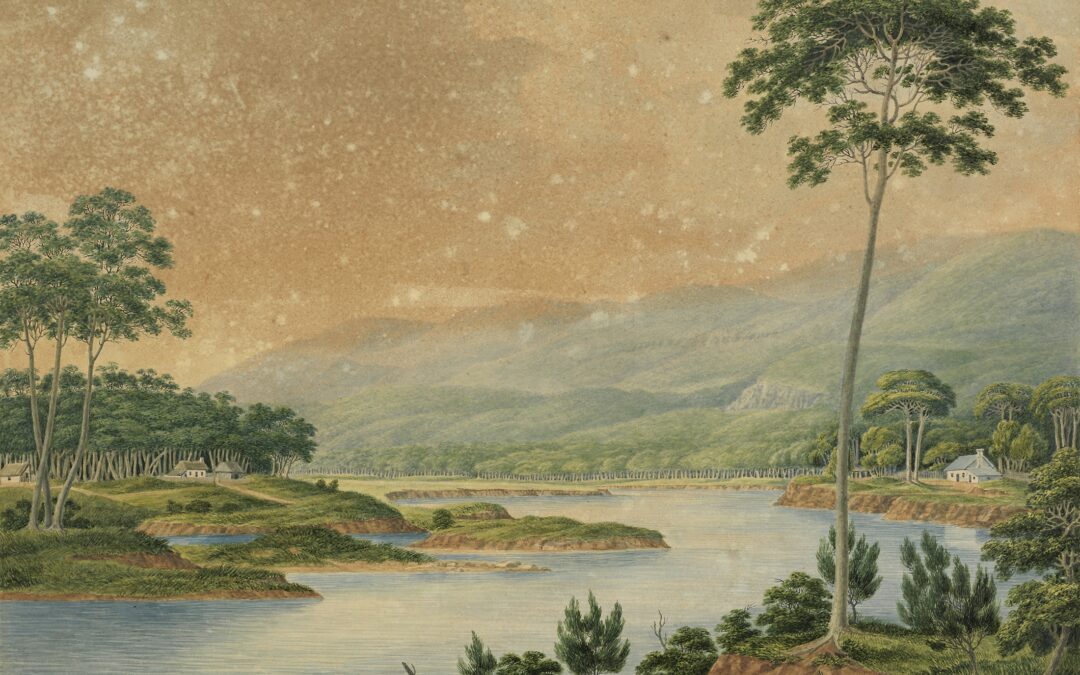Uncover the History of the Hawkesbury River: 7 Amazing Facts
The Hawkesbury River is much more than just a picturesque waterway in New South Wales; it’s a living chronicle of Australia’s past. Spanning thousands of years, the river has witnessed the rise of ancient Indigenous cultures, the arrival of European explorers, and the growth of one of the country’s most significant agricultural regions. In this blog, we will delve into seven key moments that define the history of the Hawkesbury River, revealing the stories that have shaped this iconic Australian landscape.
Explore the Origins of an Iconic River
Indigenous Heritage: The Early History of the Hawkesbury River
The history of the Hawkesbury River begins long before European explorers arrived, with the Darug, Darkinjung, and Eora peoples living in harmony with the land for thousands of years. These Indigenous groups relied on the river not just for food and transportation but as a spiritual anchor that shaped their way of life. The banks of the river are dotted with rock carvings, middens, and ceremonial sites, offering a window into the deep cultural significance of the river for its original custodians.
Exploring the Hawkesbury River today allows you to connect with this ancient heritage, where the natural beauty of the river intertwines with its rich cultural past.
For a deeper understanding of the Indigenous history, a visit to Dharug National Park is essential. The park protects significant Aboriginal sites and offers trails that pass through landscapes once traversed by the Darug people. The park preserves many important Aboriginal sites and provides trails that follow paths once used by the Darug people, offering a unique glimpse into the early history of the Hawkesbury River.

Source: http://westernsydneylibraries.nsw.gov.au/
Charting New Waters
European Exploration: The Naming and History of the Hawkesbury River
The history of the Hawkesbury River took a dramatic turn in 1789 when Governor Arthur Phillip, the first Governor of New South Wales, embarked on an expedition to explore this majestic waterway. As he navigated its winding course, Phillip recognized the river’s potential for the burgeoning colony and named it in honor of Charles Jenkinson, the First Earl of Liverpool and Baron Hawkesbury. This marked the beginning of European influence on the river, setting the stage for future settlements and agricultural development.
The exploration and naming of the Hawkesbury River were pivotal moments that paved the way for European settlement in the area. The fertile lands along the riverbanks soon attracted settlers, eager to establish farms and communities. These early settlers faced numerous challenges, from navigating the unfamiliar landscape to building relationships with the Indigenous peoples.
Visitors interested in retracing the steps of these early explorers can enjoy a weekend getaway at the Hawkesbury River Hideout, where they can immerse themselves in the history that shaped this iconic river. The river remains a symbol of discovery and resilience, with its rich history continuing to inspire those who visit.
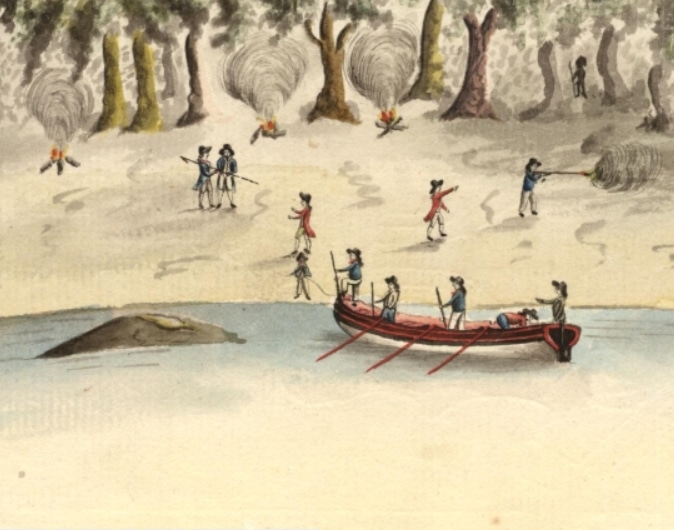
Cultivating a New World
Early Settlements: Agricultural History Along the Hawkesbury River
The history of the Hawkesbury River is inseparable from the story of Australia’s early agricultural development. The fertile alluvial plains along the river became the lifeblood of the New South Wales colony, known as the “granary of Australia” by the early 1800s. Settlers were drawn to the rich soils, establishing farms that produced wheat, maize, and other essential crops to sustain the growing colony of Sydney.
However, the establishment of these early settlements was fraught with challenges. The settlers faced resistance from the Indigenous population, who were defending their ancestral lands. Additionally, the unpredictable nature of the river, particularly its propensity for devastating floods, posed constant threats to their livelihoods.
Visitors to the area can reflect on this history as they dine at the best restaurants in Wisemans Ferry. These establishments, set against the backdrop of the lush, fertile landscape, offer a taste of what the land might have been like during those early days. Imagine the efforts of the settlers as you savor dishes crafted with locally-sourced ingredients, a tribute to the enduring agricultural heritage of the Hawkesbury River region.
For those wishing to delve deeper into this history, staying at the Hawkesbury River Hideout offers a unique opportunity to explore the area’s rich past while enjoying the comforts of modern accommodations.

By George William Evans From the collections of the State Library of New South Wales [PXD 388/3,7] (Mitchell Library)
Surviving Nature’s Fury
The History of Hawkesbury River’s Devastating Floods
The history of the Hawkesbury River is marked by both its bounty and its peril, particularly through the devastating floods that have shaped the region. Throughout the 19th century, the river’s floods wreaked havoc on early settlements, destroying homes, crops, and livelihoods. These natural disasters were a harsh reminder of the power of the river, challenging the resilience of those who called its banks home.
Despite these challenges, the communities along the Hawkesbury River demonstrated remarkable determination. After each flood, they rebuilt their homes and livelihoods, adapting to the river’s unpredictable nature. Today, this resilience is evident in the thriving towns and farms that line the river.
Visitors staying at the Hawkesbury River Hideout can explore this history firsthand, learning about the floods that once threatened the area and how the communities responded. As you walk along the riverbanks, you can imagine the sheer force of the water during those historic floods and appreciate the strength of the people who rebuilt in their wake.
For those interested in experiencing the river’s natural beauty while reflecting on its powerful history, a visit to the Hawkesbury River offers both tranquility and a deeper understanding of the region’s past.
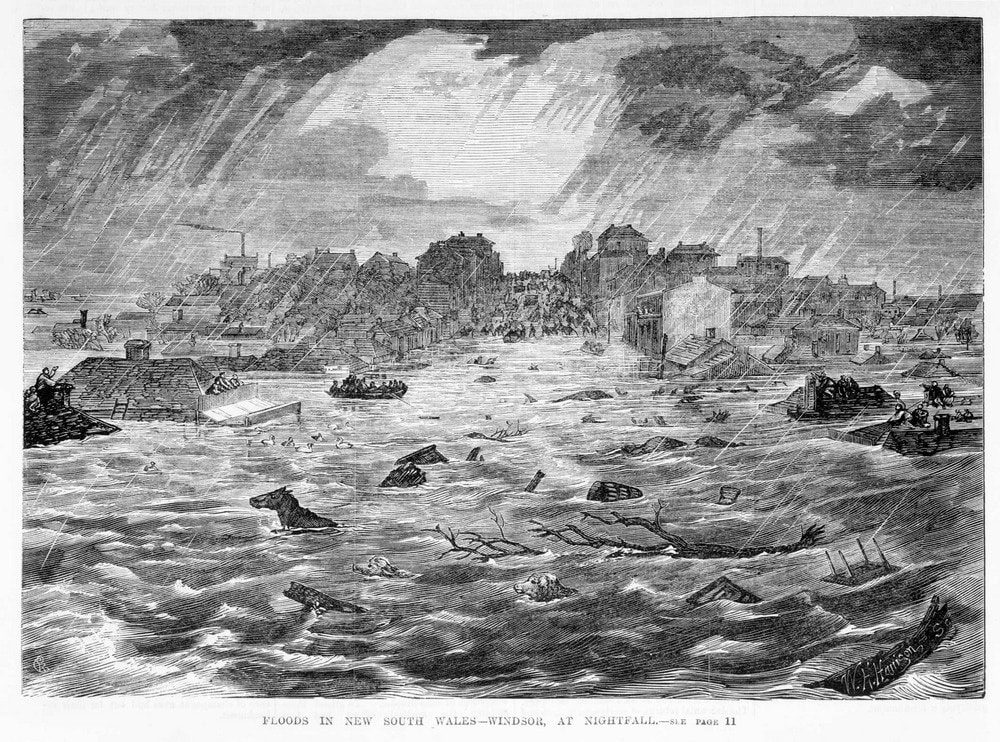
Image courtesy of the State Library of Victoria [IAN27/07/67/8]
Steam and Trade on the River
The Rise of River Trade: The Steamboat Era in Hawkesbury River History
The history of the Hawkesbury River entered a transformative phase in the 19th century with the advent of steamboats. These vessels revolutionized transportation along the river, making it easier to move goods and people between the fertile agricultural lands and the growing city of Sydney. The steamboat era marked a period of prosperity and growth, as the Hawkesbury River became a bustling artery of trade and commerce.
Steamboats allowed farmers to efficiently transport their produce to markets in Sydney, boosting the local economy and strengthening the region’s importance to the colony. The steamboat routes also connected isolated communities, fostering a sense of unity and shared purpose among the settlers.
Although the bustling steamboat trade is a thing of the past, its legacy lives on in the spirit of the river and its communities. Visitors staying at the Hawkesbury River Hideout can enjoy the historical significance of the area by embarking on modern river cruises that follow these historic trade routes. These cruises offer a unique opportunity to experience the river as it was during its heyday, connecting the past with the present.
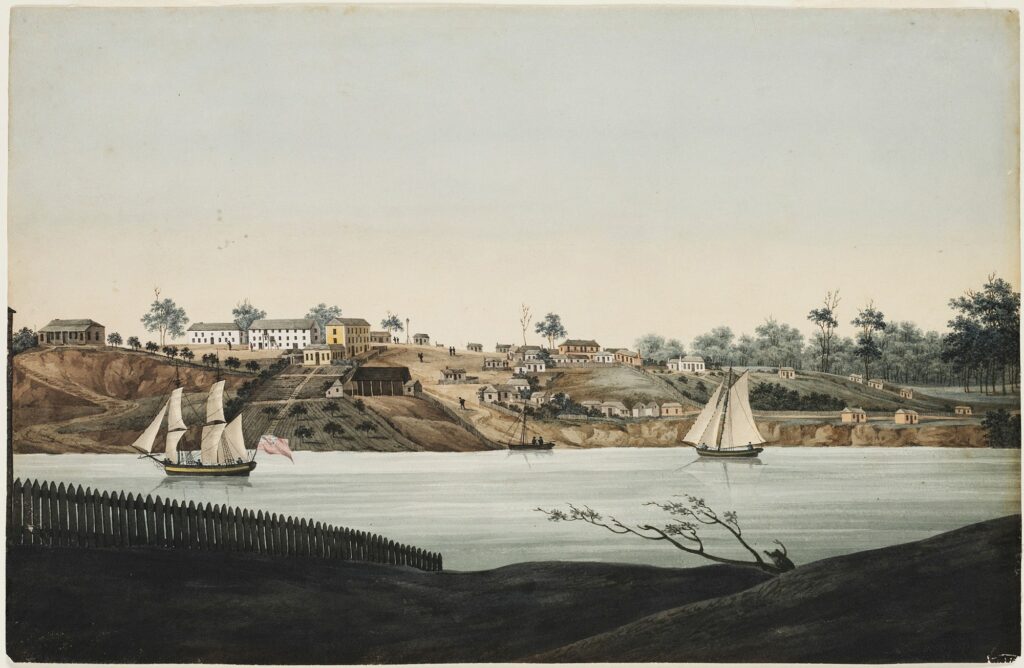
Bridging the Past and Future
The Hawkesbury River Railway Bridge: A Historical Marvel
The history of the Hawkesbury River reached a new milestone with the construction of the Hawkesbury River Railway Bridge, completed in 1889. This engineering marvel was pivotal in connecting Sydney to Newcastle and the northern regions, facilitating the movement of goods and people across New South Wales. The bridge, which spans the river near Brooklyn, was a significant achievement of its time, showcasing the ingenuity and determination of the era’s engineers and workers.
The original bridge, though later replaced in the 1940s due to structural concerns, was a symbol of progress and innovation. It opened new opportunities for trade and development, further integrating the Hawkesbury region into the broader economic landscape of the colony.
Today, the Hawkesbury River Railway Bridge stands as a testament to the enduring legacy of the region’s history. While staying at the Hawkesbury River Hideout, you can take a short drive to view this historic structure, which continues to play a vital role in the area’s transportation network. The bridge not only represents a significant chapter in the history of the Hawkesbury River but also serves as a reminder of the region’s importance in shaping New South Wales.
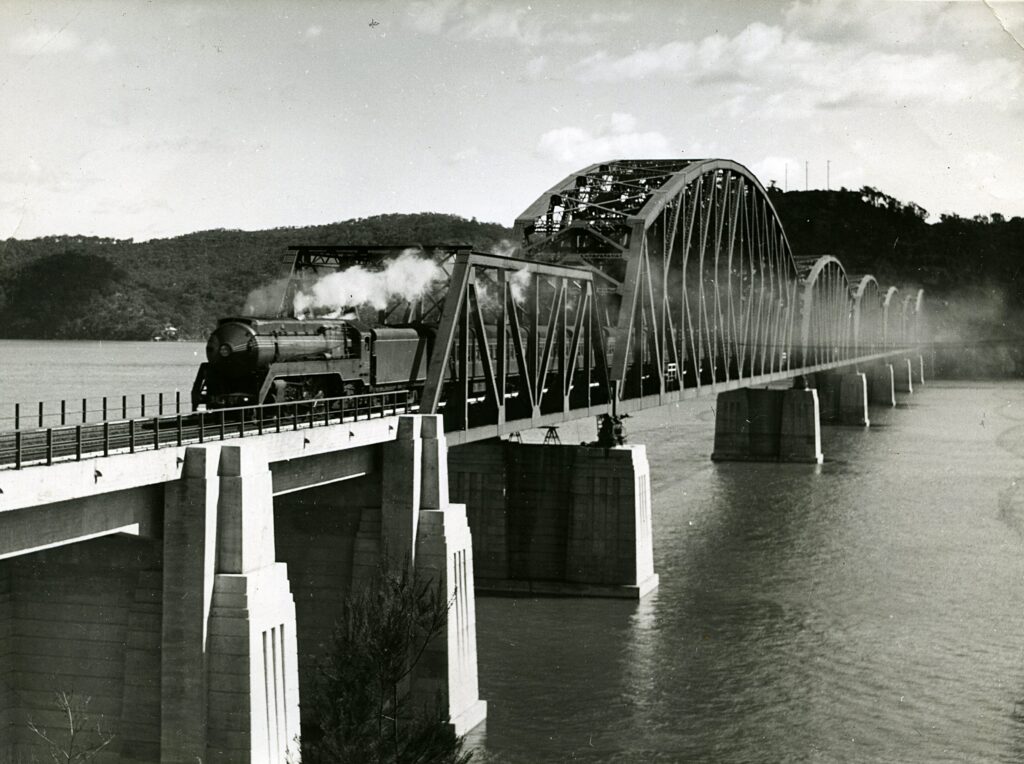
Blue Mountains Library, Local Studies from Blue Mountains, Australia, CC BY-SA 2.0
Preserving a Legacy
Modern Era: Conservation and Tourism in the History of the Hawkesbury River
The history of the Hawkesbury River continues to evolve in the modern era, with conservation efforts and tourism playing key roles in preserving its legacy. As awareness of the river’s historical and ecological significance has grown, so too have efforts to protect its natural beauty and cultural heritage. Organizations and local communities have worked tirelessly to ensure that the river remains a pristine environment, safeguarding the rich biodiversity and historical sites that make the Hawkesbury so special.
Tourism has become an important aspect of the river’s modern identity. Visitors from around the world come to experience its stunning landscapes, learn about its history, and engage in outdoor activities such as boating, fishing, and hiking. These activities not only provide economic benefits to the local communities but also help to raise awareness about the importance of preserving the river for future generations.
For those staying at the Hawkesbury River Hideout, the opportunities to explore the river’s past and present are endless. Whether you’re interested in delving into the top activities on the Hawkesbury River or simply enjoying its natural beauty, the river offers a unique blend of history, nature, and adventure. By visiting and supporting the conservation efforts, you contribute to the ongoing preservation of this iconic Australian landmark.
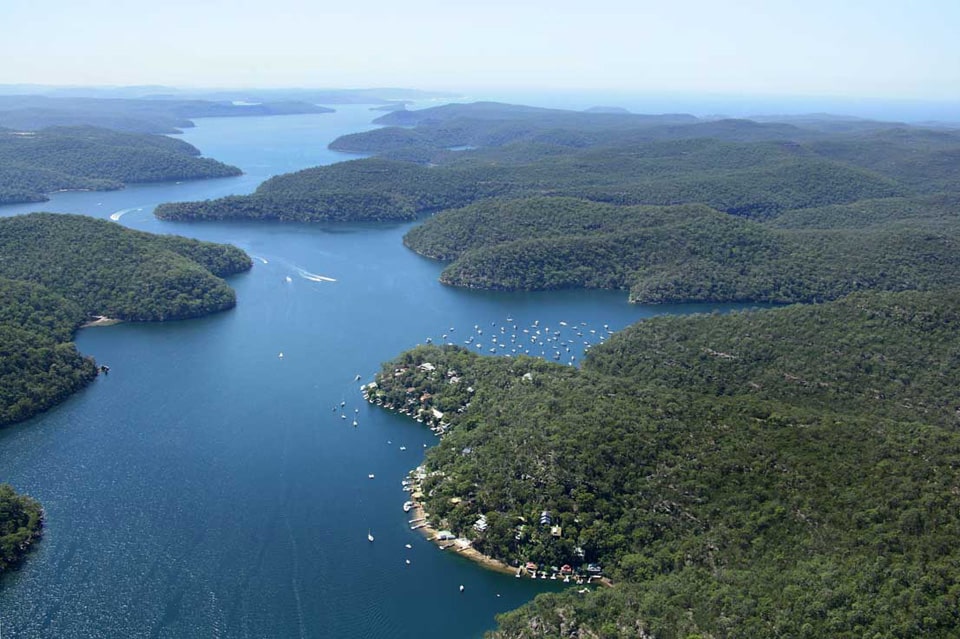
Image courtesy of Airview [0703-1524-30]
The Cultural Impact of the Hawkesbury River
Art, Literature, and the Lasting Legacy of the Hawkesbury River
The history of the Hawkesbury River extends beyond its physical and economic significance, leaving a profound impact on Australian culture. The river has inspired countless artists, writers, and musicians, making it a prominent subject in Australian art and literature. Renowned painters like Arthur Streeton captured its serene landscapes, while authors such as Kate Grenville explored its historical complexities in novels like “The Secret River.”
These cultural contributions have helped immortalize the Hawkesbury River as a symbol of natural beauty and historical depth.
Visiting Today: For those drawn to the cultural legacy of the river, staying at the Hawkesbury River Hideout offers a unique opportunity to experience the landscapes that have inspired generations of Australian creatives. Whether you’re a history buff, an art enthusiast, or simply seeking a peaceful retreat, the Hawkesbury River offers a rich tapestry of history, culture, and nature.

By Jasmine Seymour Contributed By Jasmine Seymour
Embrace the Legacy: Explore the History of the Hawkesbury River
Experience the History of the Hawkesbury River
The history of the Hawkesbury River is a rich tapestry woven from the stories of Indigenous peoples, European explorers, settlers, and modern conservationists. From its ancient roots as a lifeline for the Darug, Darkinjung, and Eora peoples, to its role in shaping the agricultural and economic foundations of New South Wales, the river has been central to many pivotal moments in Australian history.

Today, the Hawkesbury River continues to inspire and connect us to the past. Whether you’re exploring its landscapes, delving into its cultural legacy, or simply enjoying a peaceful retreat, the river offers a unique experience that bridges history with the present.
Plan Your Stay:
To fully immerse yourself in the history and beauty of the Hawkesbury River, consider booking your stay at the Hawkesbury River Hideout. Located in the heart of this historic region, our accommodation offers the perfect base for exploring the river’s rich past while enjoying modern comforts. Don’t miss the chance to create your own story along the banks of this iconic Australian river.
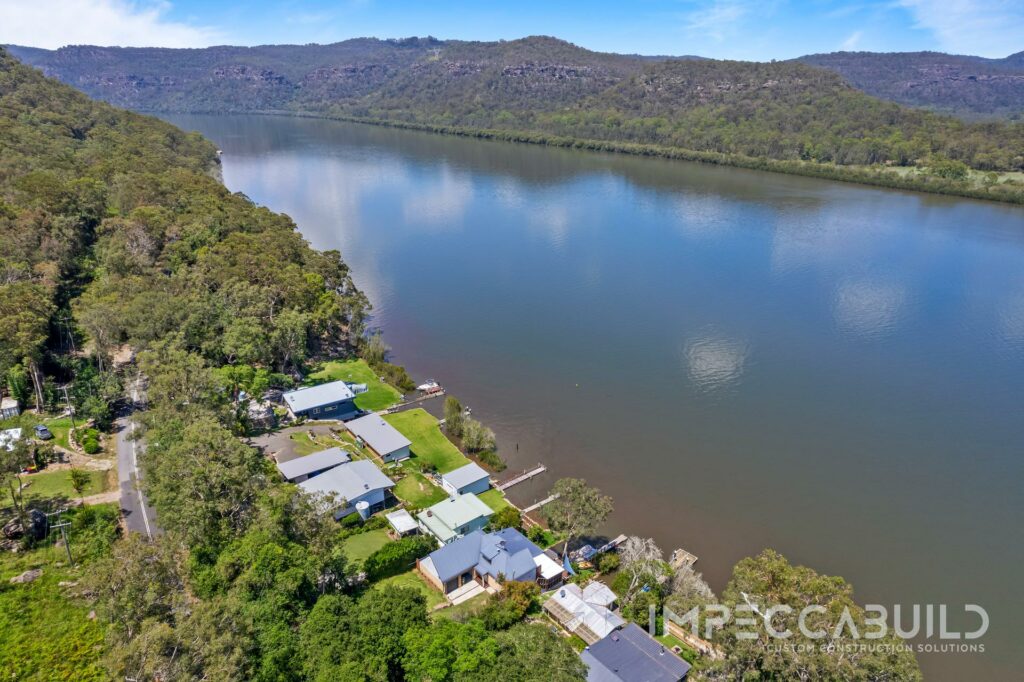
You Might Also Like:
If you enjoyed reading this blog post, you might also be interested in:
- Digital Detox Destination: Discover Peace at The Hawkesbury Hideout
- Discover the Best of Hawkesbury River Birdwatching Season in 2024
- 5 Best Hawkesbury River Birdwatching Trails for Nature Lovers
- Birdwatching Tours Hawkesbury River: Explore 7 Hidden Gems
- Hawkesbury River Birdwatching Guide: 12 Amazing Tips Revealed

